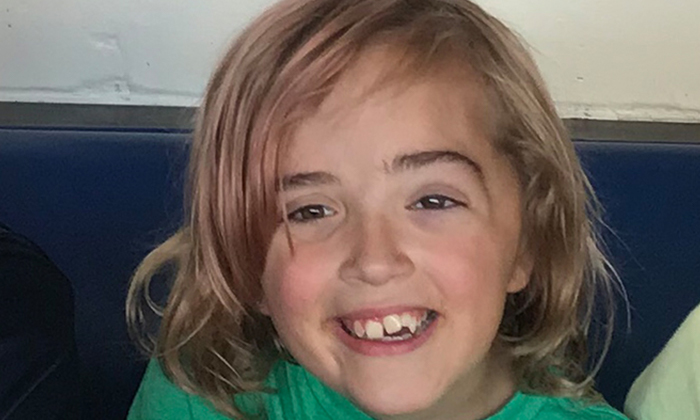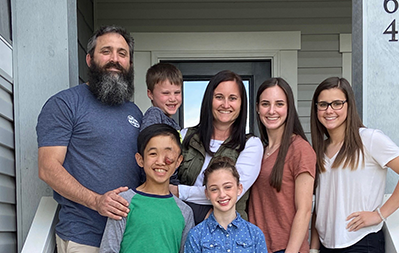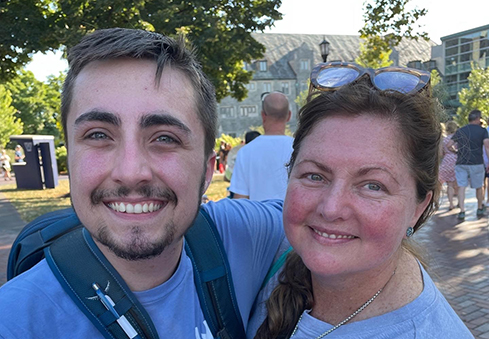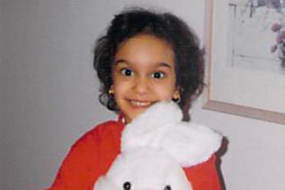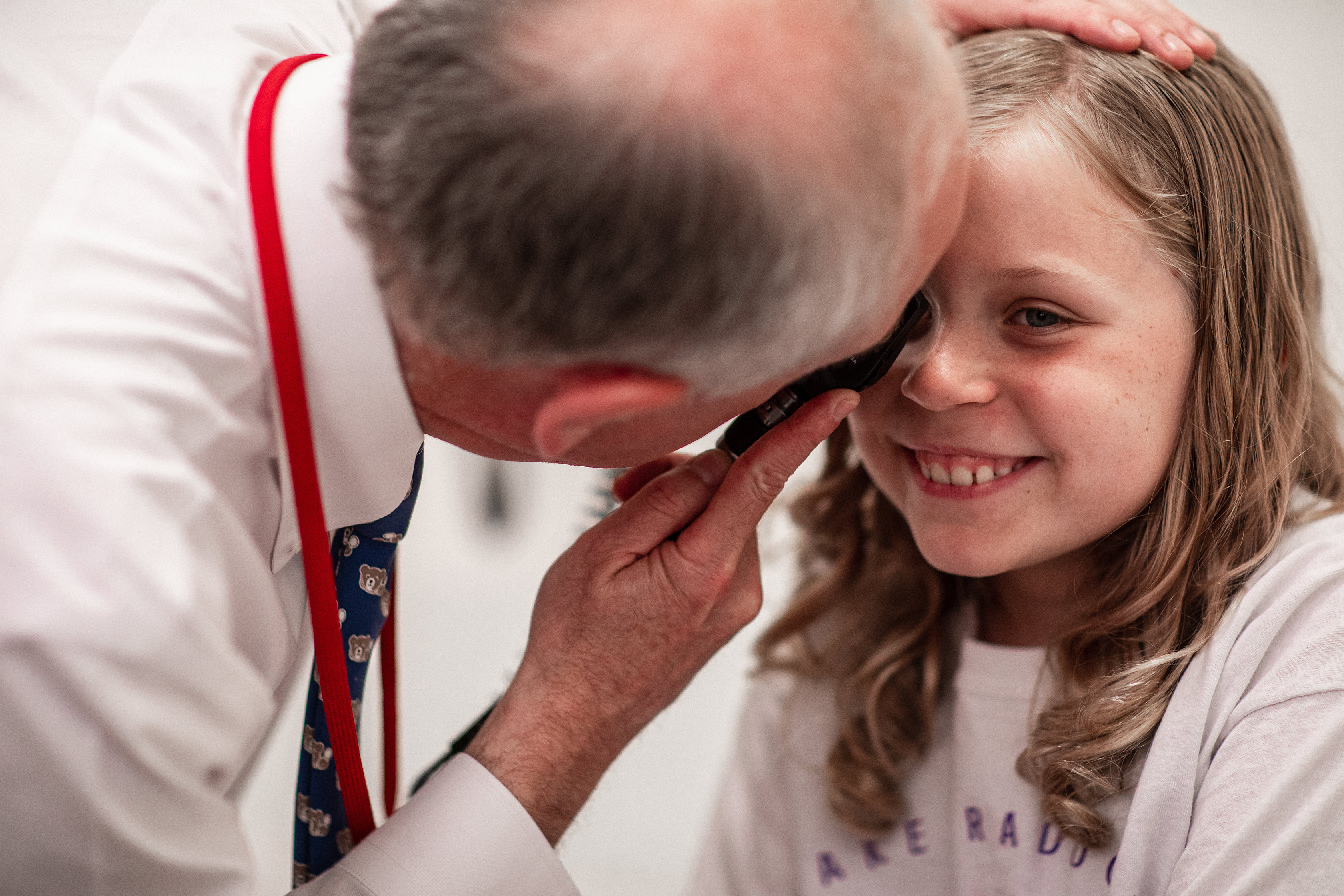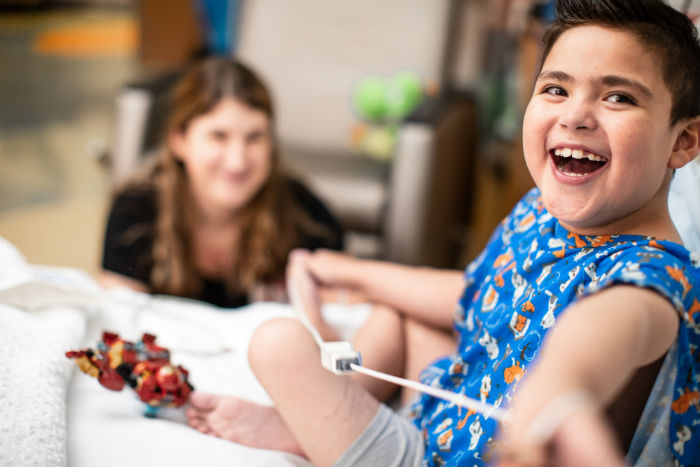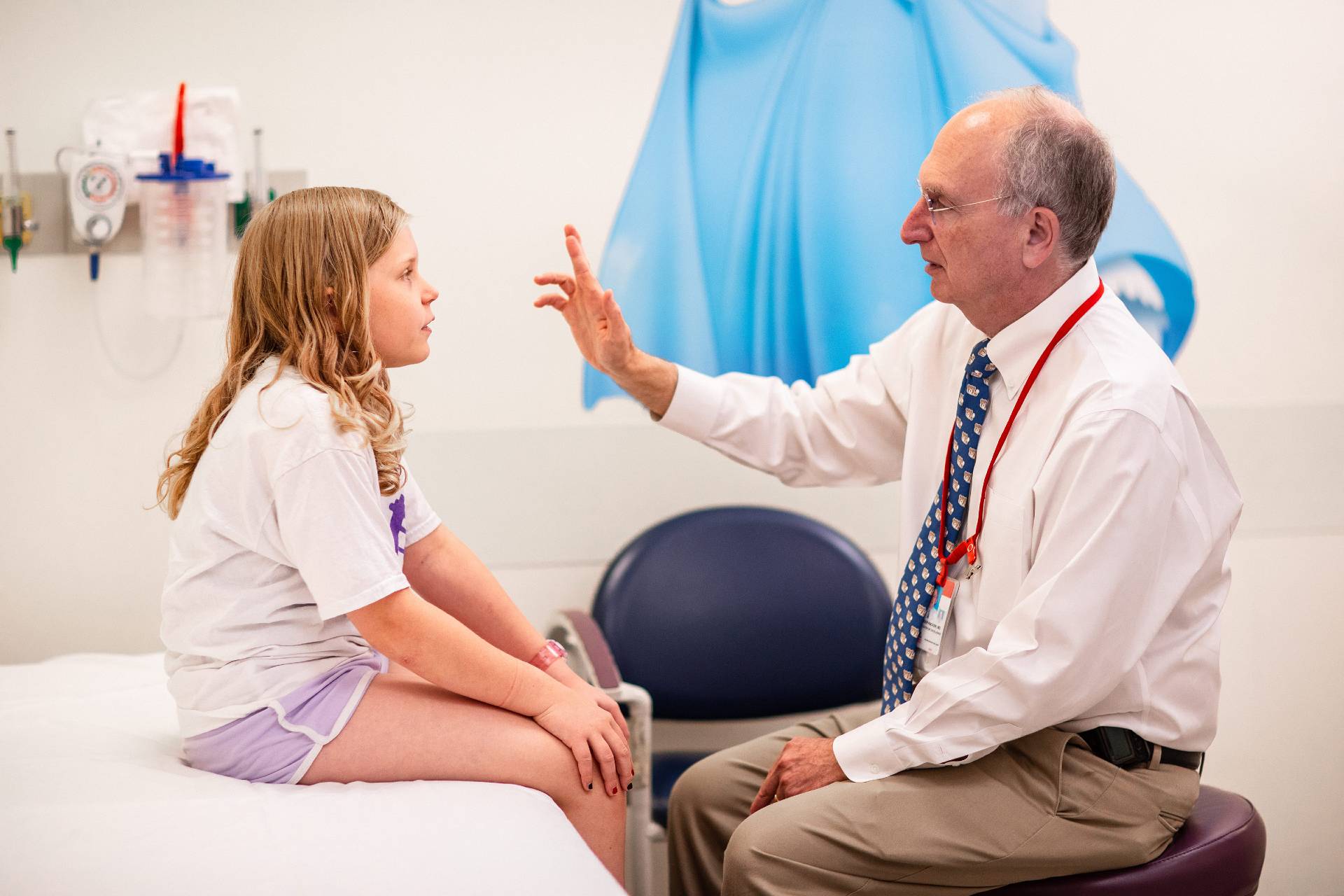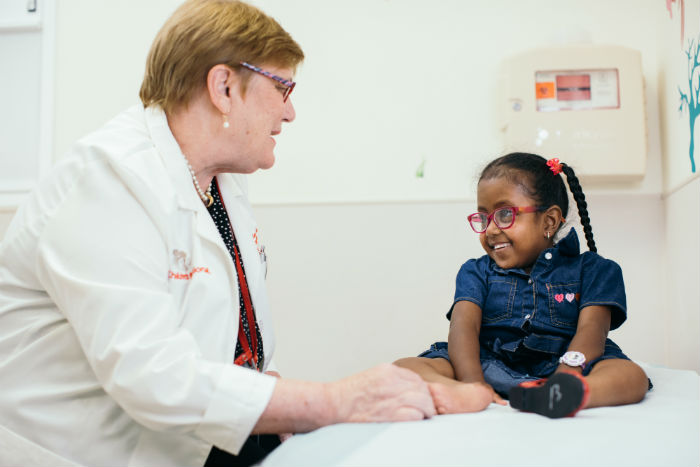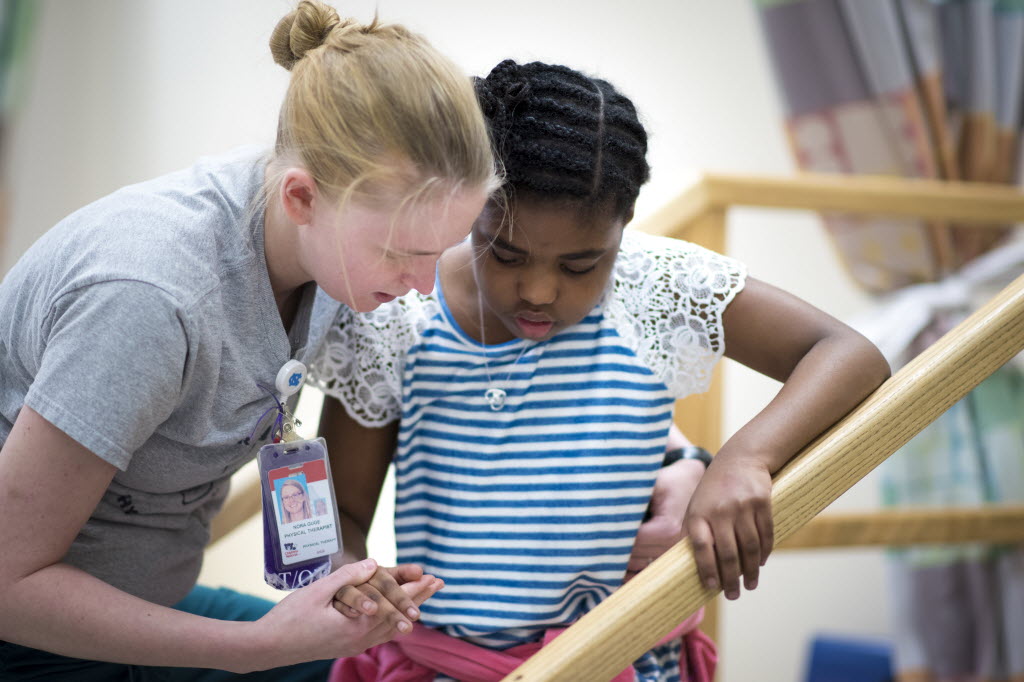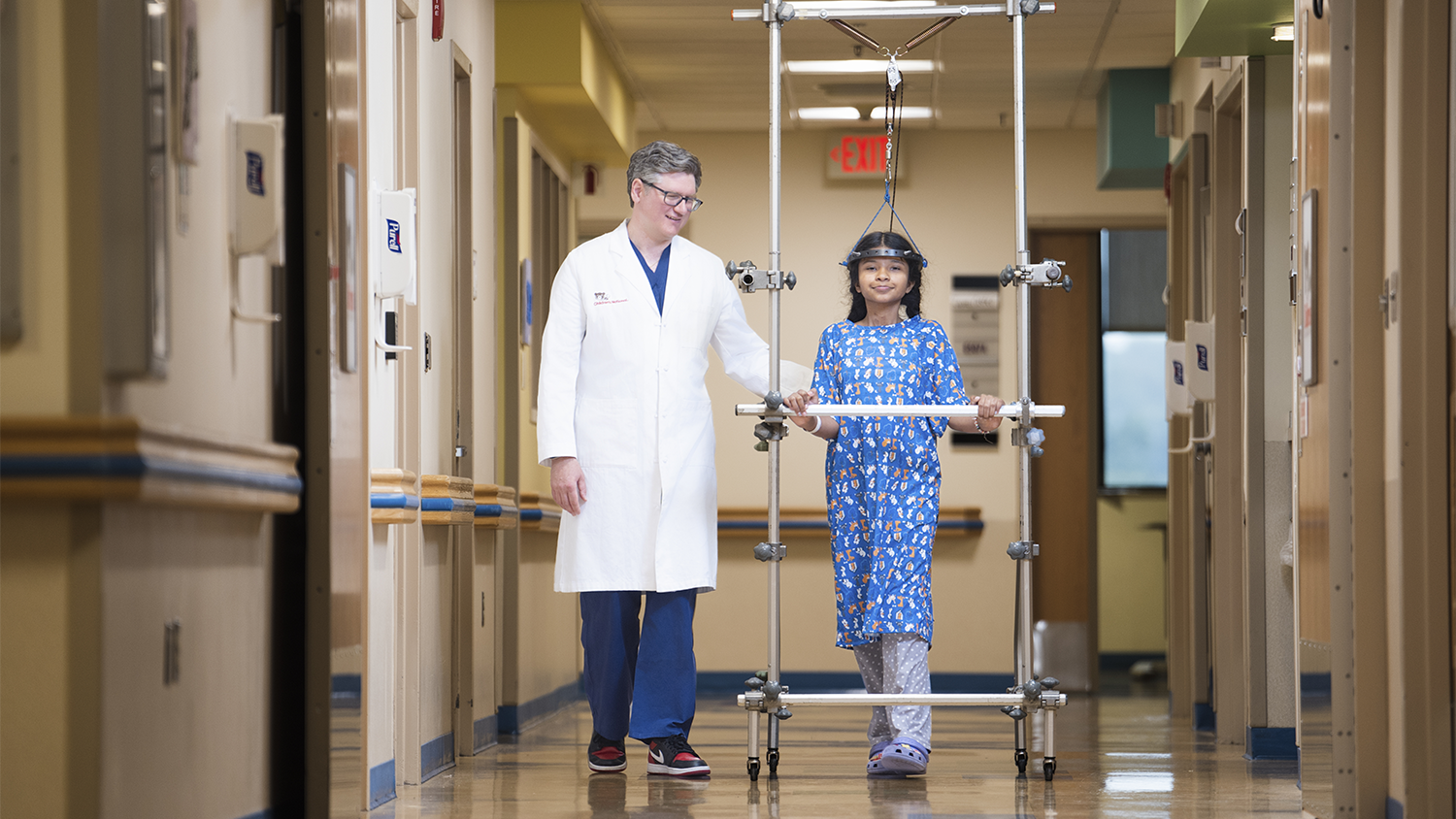Condition
Pediatric Neurofibromatosis
What You Need to Know
Neurofibromatosis is a genetic condition characterized by changes to the skin pigment and growth of tumors on nerve tissue.
Key Symptoms
Neurofibromatosis is characterized by these symptoms:
- Multiple café au lait (light brown) spots
- Neurofibromas (benign tumors growing on the sheath of a nerve) on or under the skin
- Enlargement and deformation of bones and curvature of the spine (scoliosis)
- Tumors that may develop in the brain, on cranial nerves, or in the spinal cord
- Learning disabilities, in about half of people with NF1
Diagnosis
Doctors often diagnose neurofibromatosis based off of the following:
- Specific skin, ocular and other physical findings
- Genetic blood testing
Treatment
While there is no cure for neurofibromatosis, effective medical care helps prevent and minimize deformities and maximize the child's capabilities.

Schedule an Appointment
Our pediatric specialists provide personalized care for your child’s physical, mental and emotional health needs. Meet the providers who treat neurofibromatosis and schedule an appointment today.


Frequently Asked Questions
What is neurofibromatosis?
How do you care for neurofibromatosis patients?
What are some complications associated with neurofibromatosis in children?
What is the diagnosis and treatment of neurofibromatosis type 2 in children?
Daniel's Story: Seeking International Expertise in Neurofibromatosis Type 1

Daniel's neurofibromatosis diagnosis had an added complication of scoliosis. Learn more about what led his family to travel from Peru to the United States to seek expert treatment at Children's National Hospital.
Departments that Treat Neurofibromatosis

Rare Disease Institute - Genetics and Metabolism
Children's National Rare Disease Institute (CNRDI) is a first-of-its-kind center focused exclusively on advancing the care and treatment of children and adults with rare genetic diseases.

Help Kids and Make a Difference
Invest in future cures for some of life's most devastating diseases. Give today to help more children grow up stronger.



